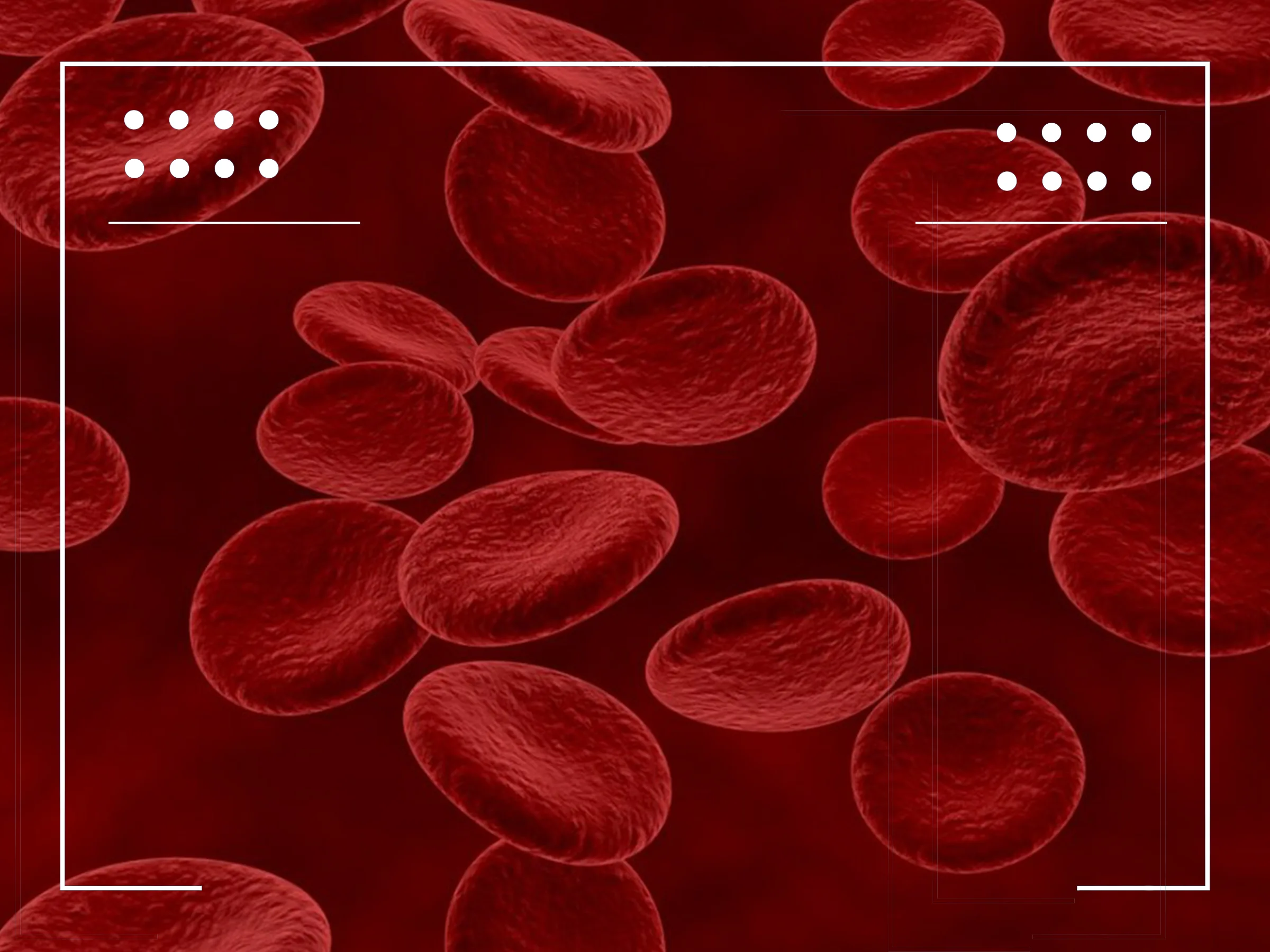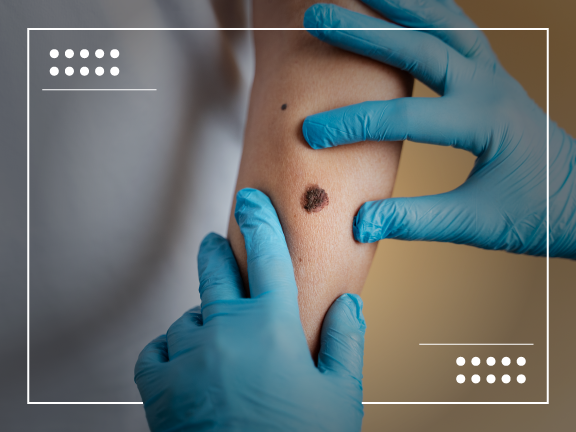What is Melanoma?
Melanoma occurs when malignant cells form in melanocytes, which are the cells that color the skin. Melanoma occurs anywhere on the skin, often in unusual moles. Melanoma is the rarest type of skin cancer, but there are over 105,000 new cases per year in the United States. In men, melanoma most often occurs between the shoulders and the hips. In women, melanoma is usually found on the arms or legs. The four types of melanoma are superficial spreading melanoma, nodular melanoma, lentigo maligna melanoma, and acral lentiginous melanoma.
Melanoma Symptoms
Recognizing the signs and symptoms of melanoma is important because the earlier the melanoma is detected, the more likely it will be cured. If an irregular mole or abnormal portion of skin is noticed, see your dermatologist for a skin exam. Symptoms of melanoma include one or more moles that have:
- Irregular shape or borders
- Multi-colored
- Itchiness
- Change in size, color, or shape
- Bleeds or oozes
What Causes Melanoma?
Melanoma occurs when an error occurs in the DNA of the melanocytes of the skin. Cells begin to grow uncontrollably until a mass of cancerous cells form. The exact cause of this DNA change is unknown. However, there are several known risk factors that increase the chances of someone developing melanoma in their lifetime.
If melanoma is suspected during a skin exam, the following biopsies can be used to confirm a diagnosis by a doctor:
- Shave biopsy, where a razor blade is used to shave off a portion of the growth
- Punch biopsy, a punch is used to remove a circle of the tissue
- Incisional biopsy, a part of the growth is removed with a scalpel
- Excisional biopsy, the entire mole or growth is removed
Melanoma Risk Factors
Some risk factors for melanoma are avoidable, but others are inherited. Having one or more risk factors increases your chance of developing melanoma, but does not mean someone is guaranteed to have it in their lifetime. Likewise, those with no risk factors present may still develop melanoma at some point. The known risk factors for melanoma include:
- Fair skin
- Light colored eyes
- Red or blonde hair
- History of sunburn
- Having moles that are large or in an abundance
- Being exposed to artificial sunlight, such as tanning beds
- Family history of melanoma or other skin cancers
Melanoma Prevention
Despite the exact cause of melanoma occurring is unknown. Avoiding the several known risk factors can decrease someone’s chance of melanoma developing. History of severe sunburn is the most easily avoidable risk factor. Dermatologists recommend to:
- Wear sunscreen regularly and reapply throughout the day
- Wear sunglasses, a hat, long sleeves, or any article of clothing that limits exposure to direct sunlight
- Avoid tanning beds or limit exposure over long periods of time
- Check your skin regularly to notice any changes over time and schedule a yearly full body exam with your dermatologist
Melanoma Treatments
Treatment options for melanoma patients depends on several factors. Tests will be performed to find the extent of the disease and if it has spread such as a CT or PET scan, ultrasound, or the sentinel lymph node is removed, the first lymph node melanoma often spreads to. Standard treatment options can be used, or new treatments in clinical trials can be used such as vaccine therapy. Standard treatments for melanoma include:
- Surgery to remove the growth
- Chemotherapy
- Immunotherapy
- Targeted therapy
- Radiation therapy
Melanoma Clinical Trials
Melanoma clinical trials help treat current and future melanoma patients. Also, patients feel like their chances of survival seem better with the proposed experimental treatment and that the benefits outweigh the risks of participating in a clinical trial.
There are over 350 current melanoma clinical trials that are currently recruiting, and several may be beneficial for you. Our team of patient relations coordinators, who are oncology nurses, and our artificial intelligence based clinical trial matching system will find the best option for you.
With just a few clicks, you can see your clinical trial matches now. Click here to use our advanced clinical trial match tool.
How Do We Help Melanoma Patients?
Massive Bio offers an independent cancer treatment analysis as well as free clinical trial matching for melanoma patients. Our patient relations coordinators work closely with patients to gather information on their current medical status, and then will provide a list of options from available cancer clinical trials close to your home.
We can also provide a comprehensive case analysis through our Virtual Tumor Board from cancer specialists. The Virtual Tumor Board (VTB) is comprised of highly specialized oncologists from nationally-recognized Cancer Centers of Excellence. In just 7-10 days after receiving your medical records, we can get you a treatment plan without having to travel far distances and use your valuable time.
Source:













